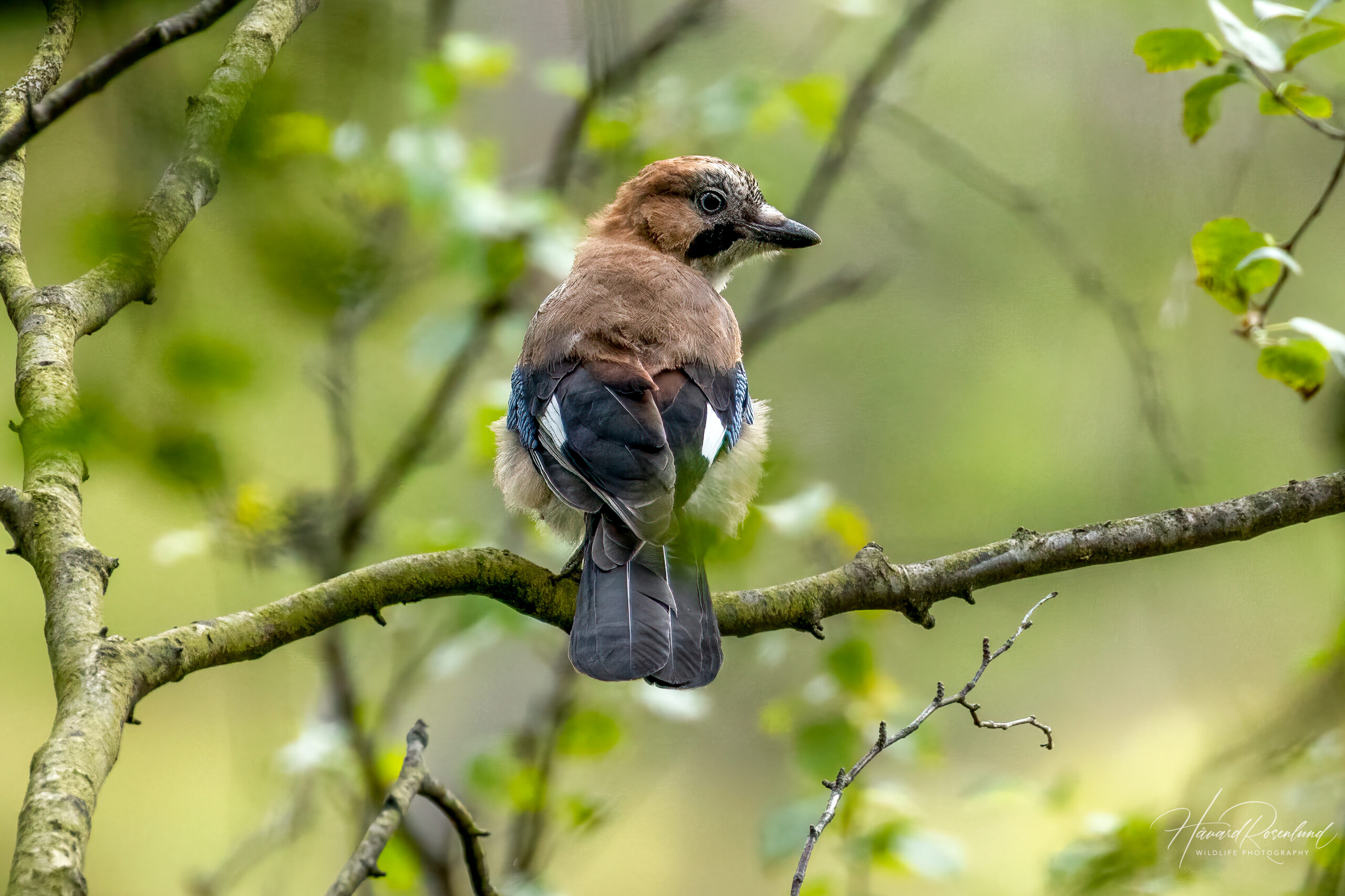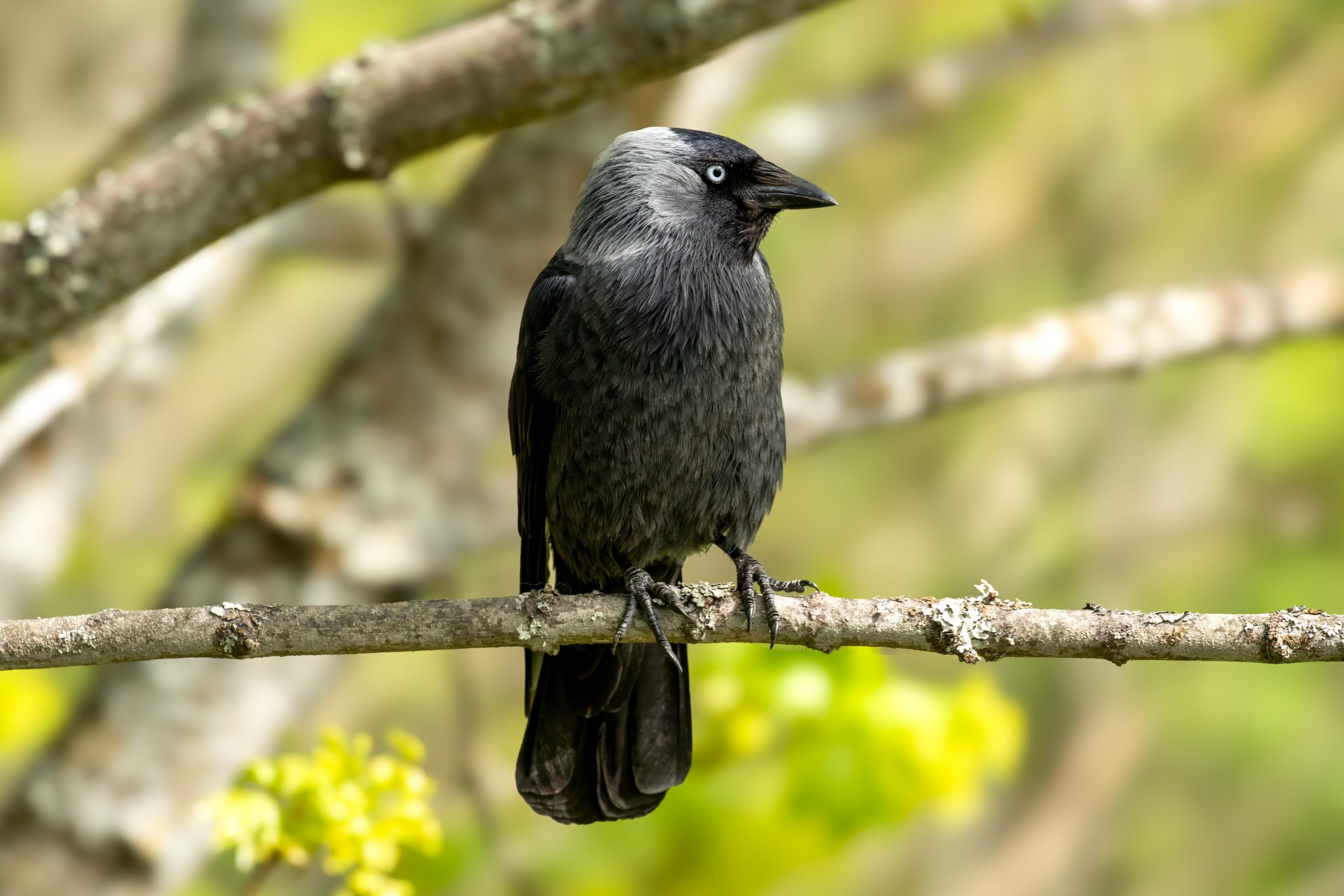Description
The Eurasian jay (Garrulus glandarius) is a medium-sized corvid native to Europe and Asia and parts of northern Africa. Adult jays measure between 32 to 35 cm (12.6-13.8 in) in length, with a wingspan of 52 to 58 cm (20.5-22.8 in). It is known for its vibrant plumage, with a predominantly pinkish-brown body, a black and white wing patch, and a black moustache stripe. One of the most distinctive features of the Eurasian jay is its strikingly blue wing feathers. There are multiple subspecies, with various differences in plumage. Particularly face and head patterns differ, with some subspecies having a more whitish face, some have a darker cap, and some lack any form of head pattern.
Diet & habitat
Eurasian jays inhabit a wide range of environments, from dense forests to mixed woodlands and even parks and gardens in urban areas. Their adaptability to different habitats is a testament to their generalist feeding and nesting behaviors. These birds are omnivorous, with a diet that includes insects, nuts, seeds, and occasionally small rodents and birds. They are particularly known for their habit of storing acorns for later consumption, playing a crucial role in the spread of oak forests.
Intelligence
Eurasian jays are known for their high intelligence, comparable to that of other corvids. This intelligence is showcased through their ability to plan for future needs, such as storing food in numerous locations for later retrieval, and their use of sophisticated communication signals among peers. Their social structure can be quite intricate, involving family groups that maintain territories. These birds are also remarkable for their mimicry skills, not only imitating other birds but also various sounds in their environment. This ability is thought to play a role in social communication as well as in predator deterrence.
Nesting
The breeding season for the Eurasian jay typically begins in April. They are monogamous birds that form long-lasting pair bonds. Nests are constructed by both males and females in trees or large bushes and are made of twigs, roots, and lined with finer materials. The female lays between 4 to 6 eggs, which are incubated for 16 to 19 days. The fledgling period, during which the young remain dependent on their parents, lasts about 21 to 23 days. Both parents are involved in feeding and protecting the nestlings.
Status
The Eurasian jay is widespread and common, although it can be quite shy in some areas. Its population is stable and it is listed as least concern on the IUCN Red List.









